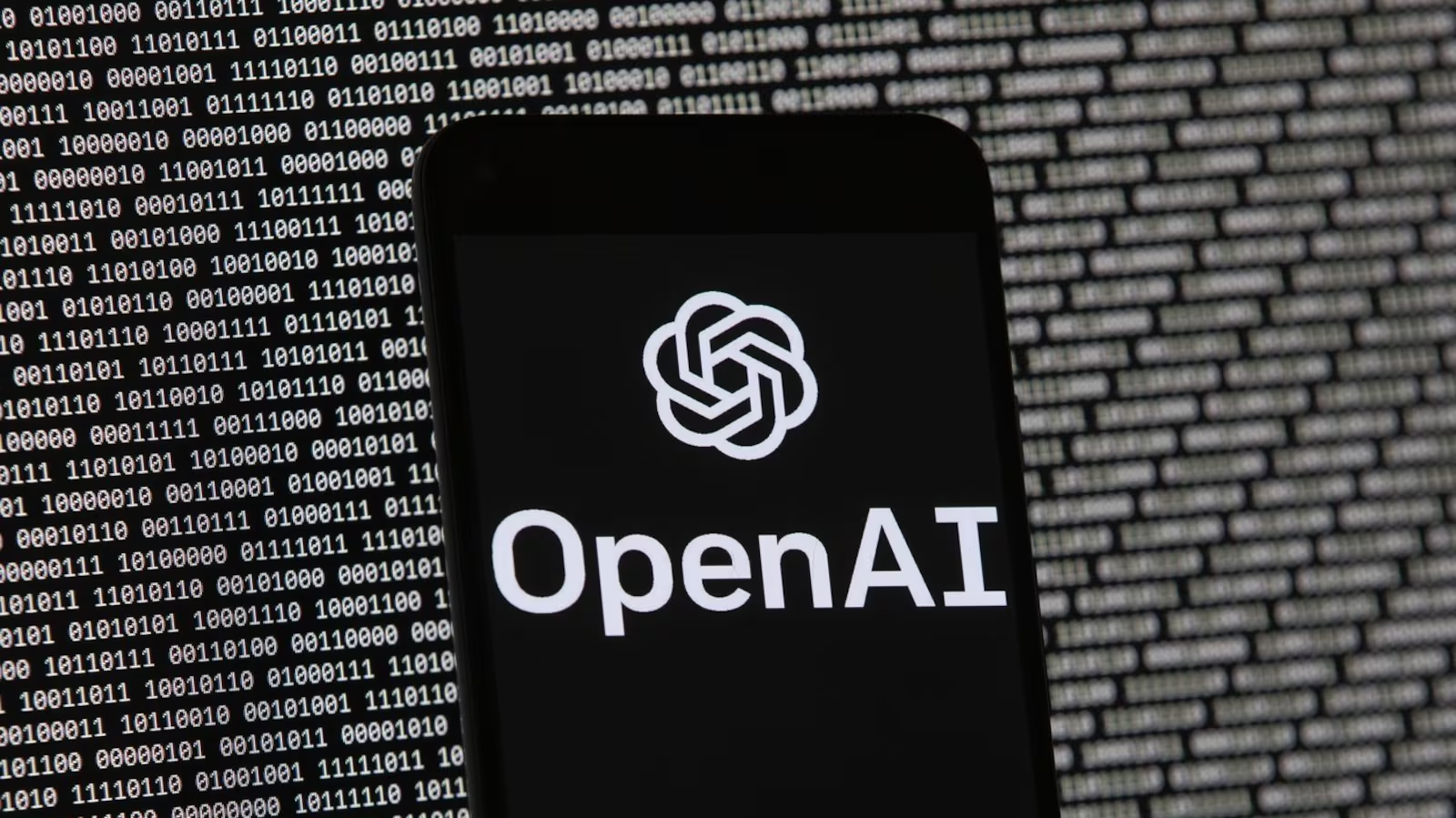OpenAI’s long-anticipated next-generation language model, GPT-5, is reportedly nearing release, marking another major milestone in the evolution of artificial intelligence. Backed by Microsoft and now valued at $300 billion, OpenAI has been under intense scrutiny as users and developers await a potential leap in capabilities that could reshape how AI handles complex tasks beyond simple conversation.
Two early testers, speaking to Reuters under non-disclosure agreements, said GPT-5 shows impressive improvements in coding and solving scientific and mathematical problems. However, they noted that the jump from GPT-4 to GPT-5 doesn’t feel as significant as the leap made between GPT-3 and GPT-4. OpenAI itself has not commented on the release timeline, though Boris Power, OpenAI’s Head of Applied Research, hinted at the model’s readiness on X, saying, “Excited to see how the public receives GPT-5.”
One of the major challenges OpenAI faced in building GPT-5 was hitting a data ceiling. With most of the internet already scraped to train past models, the company struggled to find enough new, high-quality human-generated data to fuel further improvements. Former chief scientist Ilya Sutskever previously acknowledged that while computational resources are expanding, the availability of fresh data is not keeping pace. Additionally, large-scale “training runs” are inherently risky—susceptible to hardware failures and taking months to complete without any performance guarantees until the final stages.
GPT-4, released in March 2023, made headlines for dramatically outperforming its predecessors, including acing a simulated bar exam with a score in the top 10 per cent. It set the bar so high that competitors like Google, Anthropic, and Meta raced to release rival models, including open-source systems like LLaMA 3.
As OpenAI pushes forward, it’s also investing in “test-time compute,” a method that dynamically applies extra processing power to solve difficult tasks requiring deeper reasoning—such as advanced mathematics or decision-making—without the need to retrain the model. CEO Sam Altman recently confirmed that GPT-5 would combine both test-time compute with its new large model capabilities, though he admitted OpenAI’s product lineup has grown “complicated.”
Navin Chaddha, managing partner at venture fund Mayfield, captured the mood: “OpenAI made such a great leap from GPT-3 to GPT-4, that ever since then, there has been an enormous amount of anticipation over GPT-5. The hope is that GPT-5 will unlock AI applications that move beyond chat into fully autonomous task execution.”
With the launch expected any day, the world watches closely to see whether GPT-5 will meet the sky-high expectations or signal a more incremental, though still important, chapter in AI evolution.

